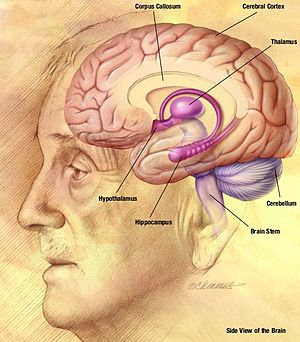The study, published in the journal Nature, has already been used to gain insight into rare diseases. Neuroscientists have described the findings as astounding and fascinating.
The human brain is one of the most complicated structures in the universe. Scientists at Institute of Molecular Biotechnology of the Austrian Academy of Sciences have now reproduced some of the earliest stages of the organ's development in the laboratory.
They used either embryonic stem cells or adult skin cells to produce the part of an embryo that develops into the brain and spinal cord - the neuroectoderm. This was placed in tiny droplets of gel to give a scaffold for the tissue to grow and was placed into a spinning bioreactor, a nutrient bath that supplies nutrients and oxygen. Read more >>


